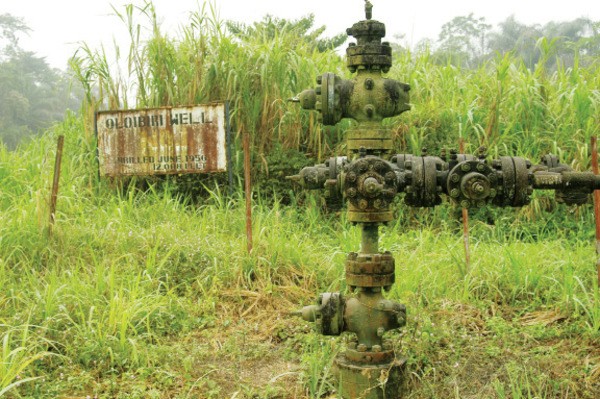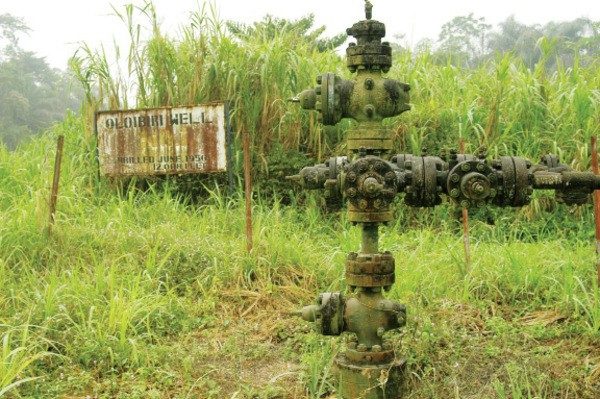A very major bulk of Nigeria’s wealth since the 1950’s has been from oil; and quite a majority of this oil have been explored in the Niger Delta region of Nigeria. Until oil was discovered, agriculture was the primary contributor to the entire Gross Domestic Product (GDP), and everyone went to sleep since then, except the exploiters.
Since its discovery in 15th January, 1956, the first successful well was drilled at Oloibiri by Shell D’Arc in 1958; thus, Nigeria joined the list of countries producing oil with a maximum output of 5,100 barrels per day as at then.
Oloibiri oilfield is an onshore oilfield located in Oloibiri in Ogbia LGA of Bayelsa State, which is about 13.75 square kilometers and it lies in a swamp within OML 29. From about 2 million barrels of crude oil production per day in the early ‘70s, Nigeria has now grown its production level to over 3 million barrels per day by the year 2011, from all operating oil fields.
When the Civil War ended in 1970, it also happened that the period coincided with the rise in the world oil price, and so Nigeria experienced an oil boom. So to take full advantage of the Oil boom, Nigeria joined the Organisation of Petroleum Exporting Countries (OPEC) in 1971 and shortly after established the Nigerian National Petroleum Company (NNPC) in 1977. Joining OPEC has had its use in the past as the largest oil producing members mostly dictate what the oil price is in the world oil market.
Since then it has been tales of crests and troughs for the fortunes of the nation as many of these oil assets were allocated by selfish leaders to themselves and their cronies. That something as important as oil blocs is currently being allocated behind the curtains shows that 63 years after its discovery, transparency is still non-existent in these national oil corporations.
Insecurity in the Niger Delta has been a major bane to optimal production. There has been hourdes of communities and militia groups who at one time or another been opposed to the government and oil companies prospecting oil in their communities. The amnesty programme however, pushed by Former President Shehu Musa Yar’Adua and others, became very instrumental to sustaining lasting peace in those oil producing communities.
In its 20 year life cycle, Oloibiri oilfield produced over 20 million barrels of oil. As oil production stopped in 1978, the Oloibiri oilfield, like many other spent oilfields, was abandoned without any improved recovery to drain some of the 21.26 million barrels of hydrocarbon still left on the field.
Estimates show that oil contributes about 90% of Nigeria’s Gross Earnings and this only can mean one thing – Nigeria has rested on its oars of escaping the oil curse. Oil has been both a blessing and a curse as it has threatened several times to either divide or break us up along ethnic lines. By hook or crook, Nigeria has remained united against all odds.
But as oil is no longer available in Oloibiri, it seems to have also taken up a status which can be likened to that of an ‘oil museum’; but the fate of the Nigerian project resting largely on a fast-depleting need for fossil fuels remains a call for concern. The coming of the electric car may sentence most of Nigeria’s several oil-rich fields to museum status before we blink again.
Featured image source: Nairaland Forum


